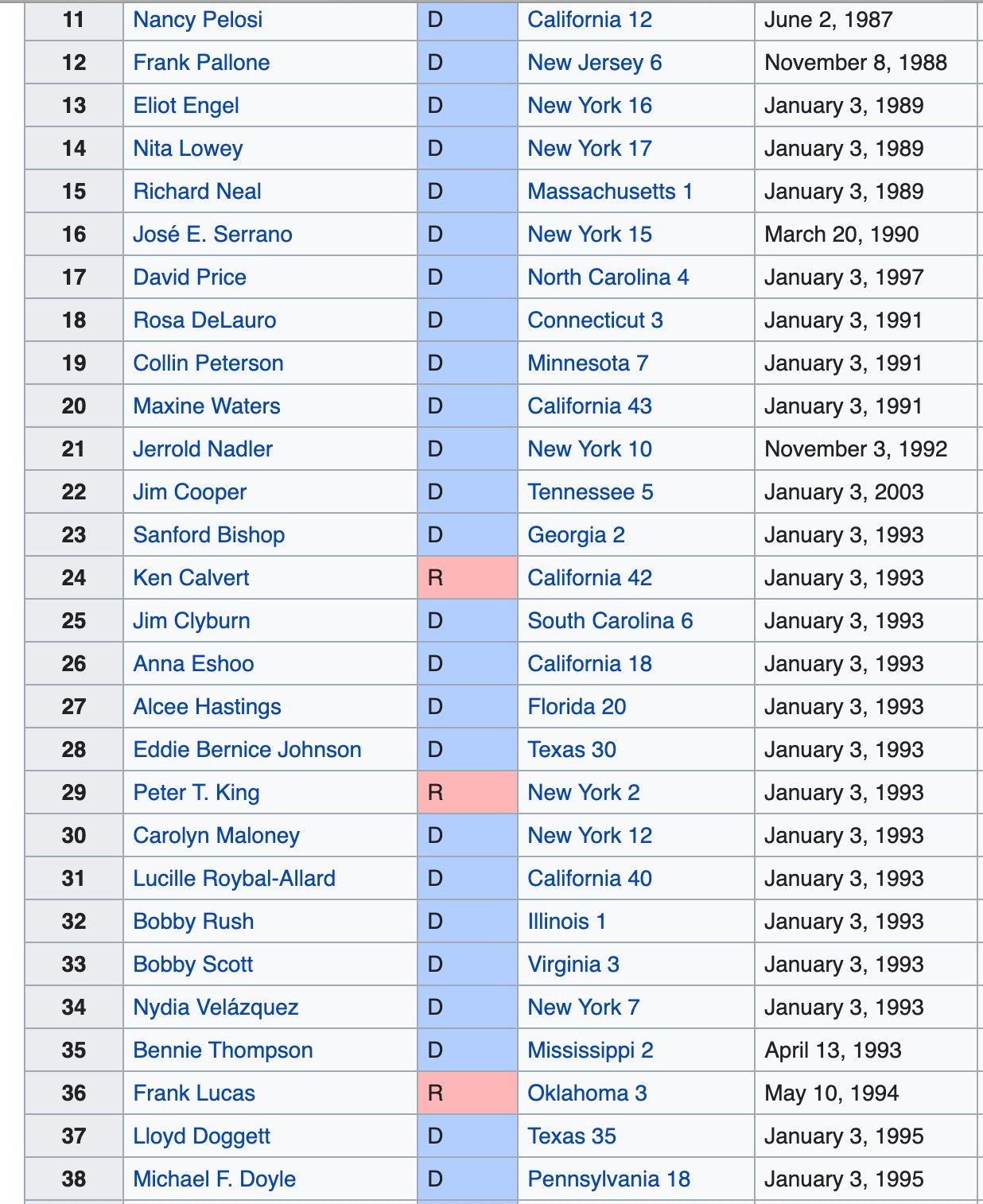What If This Is as Good as It Gets?
Hello darkness my old friend . . .

For the last four years Americans have lamented the crappy timeline we found ourselves in in 2016 where our presidential nominees were Donald Trump and Hillary Clinton.
“How awful,” we said.
“Bring us the Sweet Meteor of Death,” we said.
“This is what rock bottom looks like,” we said.
But what if it wasn’t?
Let’s stipulate that 2016 was a uniquely terrible moment in American politics. Yet what if—bear with me here for a moment—2016 was actually the inflection point at which every American presidential election becomes worse than the one before it?
What if, to paraphrase a wise man, 2016 was the worst election ever—and every subsequent election is worse?
Hold on to any sense of optimism you might have for the future of America, because it’s about to get a forking beat-down.
In 2016, we had a bungling, vulgar bully versus an imperious, self-dealing striver. But after it was over, at least people rationally hoped that as president Donald Trump would be different and/or that the next time Democrats would do better
Both of those prospects have died hard.
President Trump’s abuses of the rule of law and shattering of norms have been worse than even his most cynical defenders imagined they might be. And the Democrats are on the verge of nominating Bernie Sanders.
Sanders is a better candidate than Hillary Clinton, but a worse political figure in every way. He has imported many of the prominent Trumpist affectations into the Democratic party—the us-versus-other bluster, the magical policy proposals, the imperious rejection of norms, the vicious online army—and marshaled them under a slightly different socio-economic banner. He is Trumpism for the left.
If 2020 settles into a choice between Trump and Sanders, America will long for the halcyon days of 2016.
And there is no reason to think that 2024 will be better.
Donald Trump views the presidency as a possession and government as a publicly-funded mafia. There is no reason to think that he will be willing to let this valuable prize be passed on to some independent—sorry, “independent”—Republican, such as Ted Cruz or Josh Hawley. Instead, he will almost certainly attempt to transfer the nomination to a direct heir of Trumpism. Possibly even an IRL heir.
And Republicans will be down for it.
As for the other side, the Democratic party is about to change in ways that most people do not fully appreciate.
Put aside the presidency for a moment and look at the Democratic congressional delegation.
There are 62 members of the House of Representatives today who were serving in that body before the year 2000.
Only 16 of them are Republicans.
That's partly an artifact of the overall institution, where the Democrats have a majority, but partly not. At the very top level, the ten most senior representatives are evenly divided: five Republicans and five Democrats.
The imbalance comes after the oldest oldsters and is pronounced among the members who arrived in the House in the late 1980s and early 1990s. Of the 28 representatives still in office today who first came to the House between 1987 and 1993, only three are Republicans.
Go have a look at this list of members, sorted by seniority:

That’s a lot of blue.
Now look at the names in that cohort: Pelosi, Clyburn, Nadler. All told you’re looking at 13 committee chairmen—including the chairmen of nearly all the big committees. (The only big House committees not chaired by members from that cohort are the Intelligence and Budget committees.)
And now think about what that means for the future of the Democratic party:
There is massive turnover coming for congressional Democrats over the next decade.
There is a great deal of bottled up pressure from younger members who have wanted to move up for years, but couldn’t because Pelosi’s class was standing in the breach.
Pelosi and her cohort, far from being the radical lefties the GOP has always painted them as, are the only thing holding back the national party from being dominated by AOC-type young democratic socialists and identitarians.
Picture what happens to the Democratic party if this regeneration happens while a democratic-socialist is the head of the institution, thumbing the scales for candidate recruitment, election spending, and leadership races.
I keep bleating on and on about this, but:
Democrats are toying with nominating an outsider so antagonistic to the party that he had to be pushed out of a primary challenge to Barack Obama in 2012. This in a party that, as recently as 2017, had a 95 percent favorable view of Barack Obama. Sanders represents a total and complete breakdown of the Democratic party as it has existed in our lifetimes.
You thought 2016 was terrible?
You think 2020 is worse?
Well, just wait for 2024 when we get Don Jr. versus AOC.


